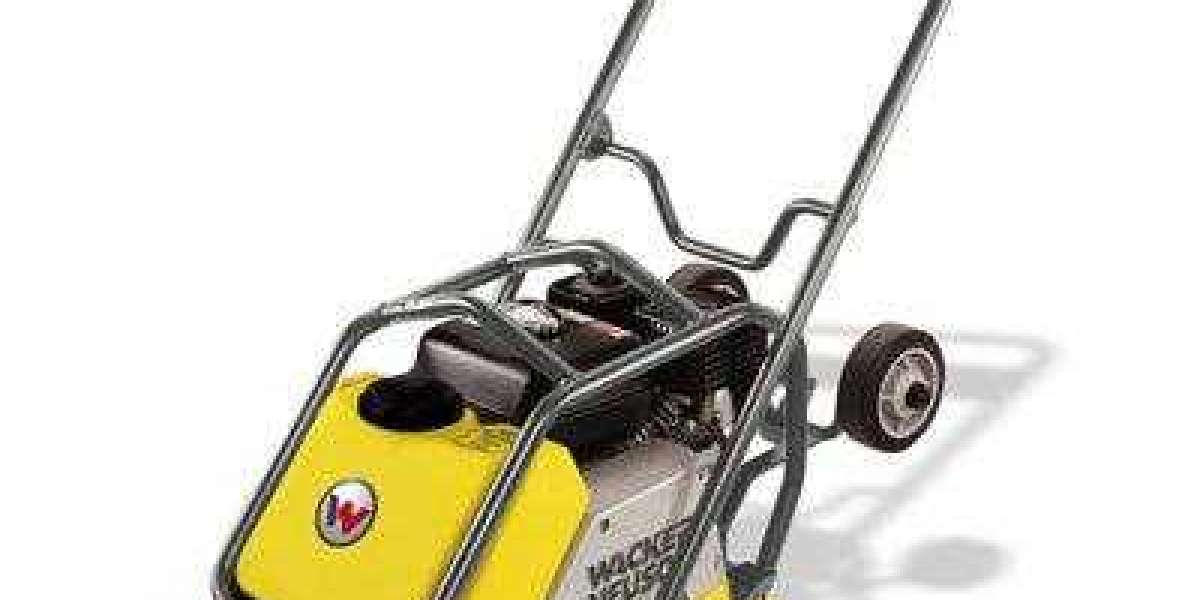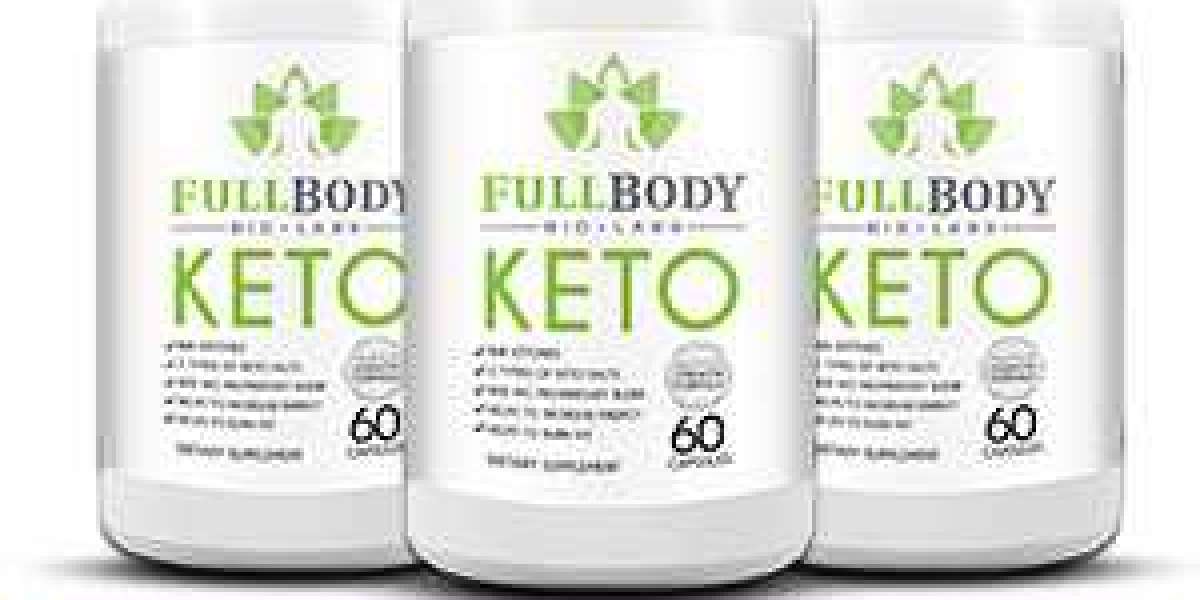Here is some information regarding the environment-friendly construction materials and it’s characteristics.
We’re surrounded by concrete; it’s in our buildings, our roads, our tunnels, and runways. We produce around 10 billion tonnes of concrete every year, that’s more than a tonne each for every person on earth. Purchase the best environment-friendly construction from a construction supply online shop.
Strong, durable, and affordable, the benefits of concrete are undeniable. But there’s one issue that gives the material a bad name – its carbon-intensive production process.
Most of the components of concrete – water, sand, and gravel – are natural, but it is one key ingredient – cement – has major environmental implications. Industrial extraction and high temperatures in the production process lead to one tonne of CO2 emitted for every tonne of cement produced. This accounts for 5% of annual global anthropogenic CO2 produced.
Technically a grass, bamboo has been used in decorations and several other assortments but has only recently been used on a large scale for floors. Perhaps as a result of the sustainable movement, the material has become increasingly popular. However, even though it is a sustainable resource, it is also a cost-effective one. Although laminates are more affordable for flooring, most traditional hardwood flooring costs more money than bamboo does.
The benefits of bamboo are manyfold. First of all, it is a natural anti-bacterial that will help buildings where there are children or people who cannot be in contact with bacteria for fear of sickness. Another great feature of bamboo is that it is water-resistant, which makes it a better choice than many other hardwood floors that can stain or deteriorate when any kind of moisture gets in contact. It is also an extremely durable piece of material that is easy to move, yet still hard enough to provide you with great flooring.
Most environmentally preferable materials include one or more of the following characteristics:
- They benefit the building occupants and management immediately and over the life of the building. Examples include materials that:
- Have low or no chemical emissions that can lead to poor indoor air quality
- Do not contain highly toxic compounds; and
- Are durable and has low maintenance requirements.
- They are resource-efficient. Examples include materials that:
- Have recycled content (post-consumer - newspaper to be recycled after it has been used by consumer and pre-consumer - waste from manufacturing example misprinted newspaper unused but sent for recycling)
- Are easily reused (whole or through disassembly); and
- Are easily recycled (preferably in closed-loop recycling systems).
- They have far-reaching, global impacts. Examples include materials that:
- Contain no CFCs, HCFCs, or other ozone-depleting substances;
- Are obtained from sustainable harvesting practices (such as certified wood products)
- Are obtained from local resources and manufacturers;
- Have low embodied energy;
- Are derived from renewable resources; and
- Are biodegradable when disposed of.
Materials should be :
- Locally manufactured and harvested/extracted (within 400/500 Km. from the project site). Example: sand, cement, stone, aggregates, RMC, AAC, Fly ash blocks
- Materials should have recycled content. Example: Steel, Glass, AAC blocks, RMC, Cement, Particleboard, straw boards, etc.
- Use rapidly renewable materials (less than 10 yrs to grow). Example: Bamboo flooring, Cork Flooring, eucalyptus wood, straw boards, linoleum flooring
- Use Wood grown in responsibly managed forests. Example: Forest Stewardship Council certified wood products
For more info visit- Buy construction supplies



